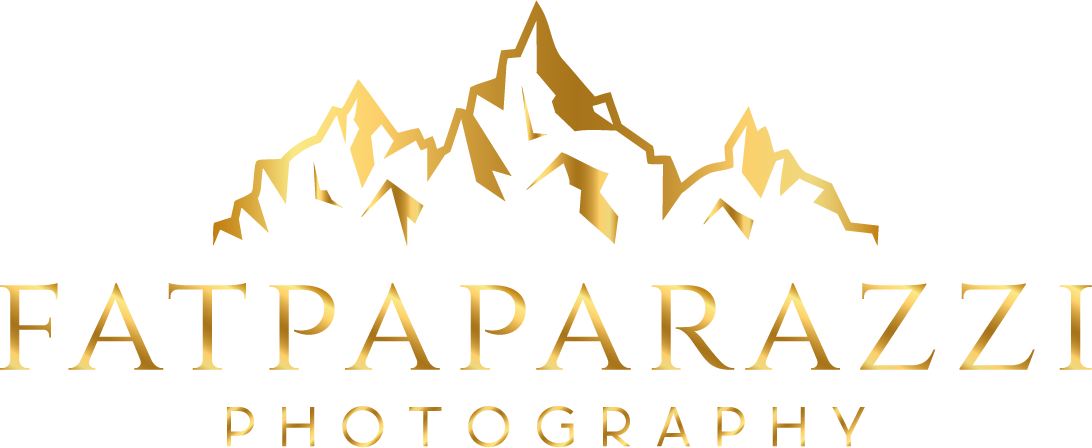7th Light - Cradle Mountain to Arthur River
Tasmanian north coast
Bitterly cold this morning as we again beat the sunrise, mind you this close to daylight savings ending, sunrise is only 7:30am. We backtracked out of the National Park and headed toward the north coast for the first time.
Breaking through just short of Burnie, Anthony veered left along the Bass Highway bound for our first stop of Stanley. Founded in 1826, the town has lived many lives. Whaling, fishing and tourism over the years have kept it alive, though most notably in 1936 Stanley was the landing point for the submarine telephone cable linking the island to the mainland for the first time. John Lee Archer, the father of Tasmanian architecture, was a town magistrate for many years and his influence has been indelibly left on the streetscape.
As romantic as that all is, Stanley is better known for The Nut. This unique headland is the only remnant of an ancient volcanic plug and stands out like wallaby balls on a Tasmanian Devil. Rising 143 metres from the shoreline, the peak is littered with Penguin burrows whos owners rest there daily after an evening of fishing. Those poor bastards climb the steep cliffs with a belly full of fish perhaps unaware there is a chairlift on the western side to make the journey more tolerable. We found that chairlift easily and rode upward to explore the almost 2 kms circumference.
Next we headed for nearby Smithton as the starting point of the Tarkine Drive. The Tarkine Forest Reserve is a huge area of temperate rainforest, sand dunes and coastal heathland with strong links to the Tasmanian Aboriginal people. A 130 km tourist loop runs around and through the region with regular points of interest stops along the way. The first was Kanunnah Bridge taking it name from the Aboriginal for “Tasmanian Tiger”, then Sumac Lookout surrounded by rainforest and tall eucalyptus. The road was tight and winding, passing through an amazing array of landscapes in such a short amount of time. Lake Chisholm Forest Reserve held a primeval abnormity, that of a flooded limestone sinkhole only metres from the roads edge, which as the name suggests, actually was eerily spongy under foot. Milkshake Hills, Trowutta Arch and Julius River were all worthwhile stops, but we’d become focused on reaching our overnight destination, The Edge of the World at Arthur River.
We made our camp against the sand dunes of the Southern Ocean shared only with one other free-range traveller. Excited for our first sunset shoot, we hoped the elements performed as required and grabbed the cameras for a walk along the sweeping beach on full display at low tide. A photographic sunset sadly never eventuated, but we did enjoy the afternoon strolling the shore and rock hopping our way around the natural groynes. We discussed our dinner options, and immediately lamented not purchasing a lobster earlier in Stanley. Ever the provider, Fatpap stripped to his shorts and braved the icy waters to hand pluck a crustacean from beneath the rocks destined for a stove top spa. Some camper made moray sauce and a frightfully cheeky Tasmanian Chardonnay completed what was a very decadent dinner at the edge of the world.
Westcoast shore
With absolutely no light pollution, the night skies began to shine and by 1:00am it was time to multilayer for some astrophotography. The Aurora Australis was just coming into season and showed some of her many colours low on the horizon. Happy with our captures, we crawled back into Anthony exhausted and thrilled by our days adventure.









































